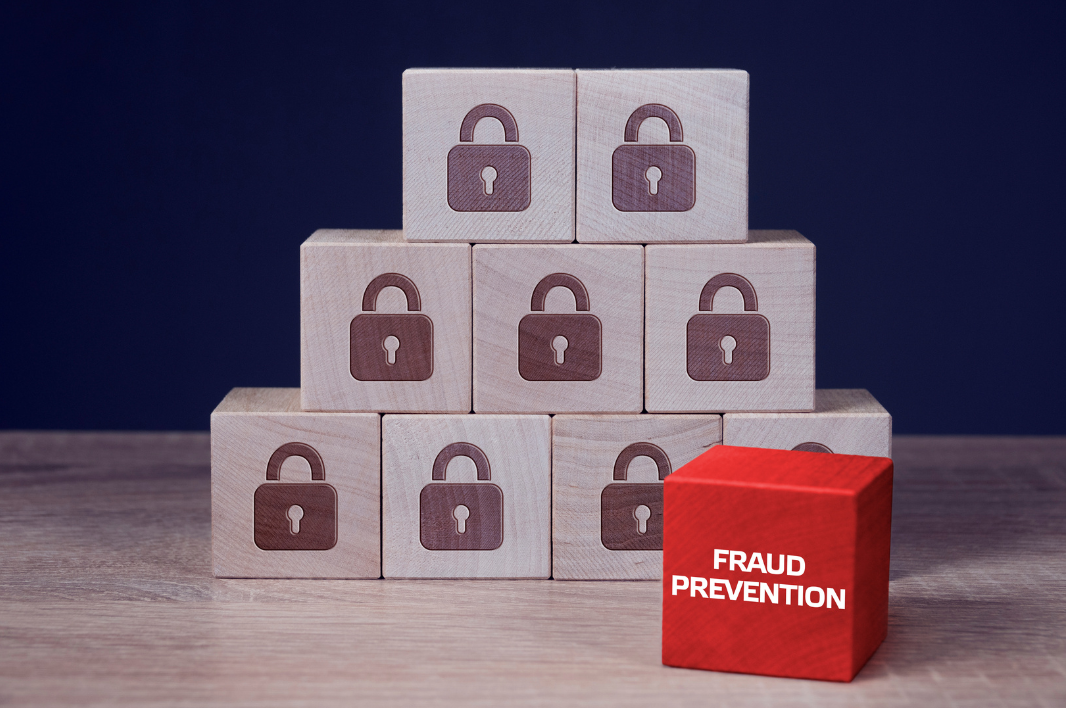In an investment landscape increasingly shaped by Environmental, Social, and Governance (ESG) considerations, understanding and mitigating ESG fraud risk has become paramount. ESG fraud risk assessment is a crucial process that enables investors to make informed decisions, protect their investments, and ensure that their chosen companies are genuinely committed to responsible practices. In this blog post, we walk you through the steps to perform an effective ESG fraud risk assessment.
Step 1: Understand the ESG Landscape
Before diving into assessment, it is crucial to have a solid grasp of the ESG landscape. Familiarize yourself with key ESG concepts, such as greenwashing (misleading ESG claims), impact inflation, and other fraudulent practices. This foundation will help you identify potential red flags during your assessment.
Step 2: Define Assessment Criteria
Identify the specific ESG factors that are relevant to your assessment. This could include environmental metrics (carbon emissions, water usage), social aspects (labor practices, community engagement), and governance elements (board structure, executive compensation). Tailor your criteria based on the industry and the particular issues that are significant within it.
Step 3: Collect Data
Gather ESG data from reliable sources, such as company reports, databases, and ESG ratings agencies. This data should include both quantitative metrics and qualitative information about the company’s policies, practices, and initiatives related to ESG.
Step 4: Verify Data Authenticity
Given the rising concerns about ESG data accuracy, it is essential to verify the authenticity of the data you have collected. Cross-reference data from multiple sources, and if possible, seek third-party validation or independent audits of the reported information.
Step 5: Identify Red Flags
During your assessment, be on the lookout for potential red flags that might indicate ESG fraud risk. These could include:
- Inconsistent or contradictory information in reports
- Lack of transparency or minimal disclosure on ESG matters
- Unsubstantiated claims of significant ESG achievements
- Inadequate governance structures or overly homogenous boards
- Discrepancies between ESG performance and actual business practices
Step 6: Analyze Alignment
Evaluate the alignment between a company’s ESG claims and its actual actions. Are their reported efforts reflected in their operational practices? This step requires a critical eye and a willingness to investigate further if inconsistencies arise.
Step 7: Conduct Due Diligence
Perform due diligence beyond the company’s own reports. Engage in industry research, assess news coverage, and scrutinize third-party assessments. This holistic approach can provide a more comprehensive view of the company’s ESG performance and potential fraud risk.
Step 8: Engage with Stakeholders
Reach out to company representatives, investor relations teams, and industry experts to seek clarifications and additional information. Meaningful engagement can provide insights into the company’s commitment to transparency and willingness to address concerns.
Step 9: Leverage Technology
Consider using advanced technologies like data analytics, AI, and machine learning to identify patterns, anomalies, and potential discrepancies in the company’s reported ESG data.
Step 10: Make Informed Decisions
Based on your comprehensive assessment, make informed investment decisions. If you identify significant ESG fraud risk, evaluate whether the company is taking corrective measures and whether the risk aligns with your investment strategy.
Conclusion
ESG fraud risk assessment requires a meticulous approach that combines industry knowledge, data analysis, due diligence, and critical thinking. As ESG considerations continue to shape investment strategies, conducting thorough assessments is crucial to protect investments, promote responsible practices, and ensure that companies live up to their ESG commitments. By following these steps and staying vigilant, investors can navigate the complex world of ESG fraud risk and contribute to a more sustainable and accountable business landscape.

